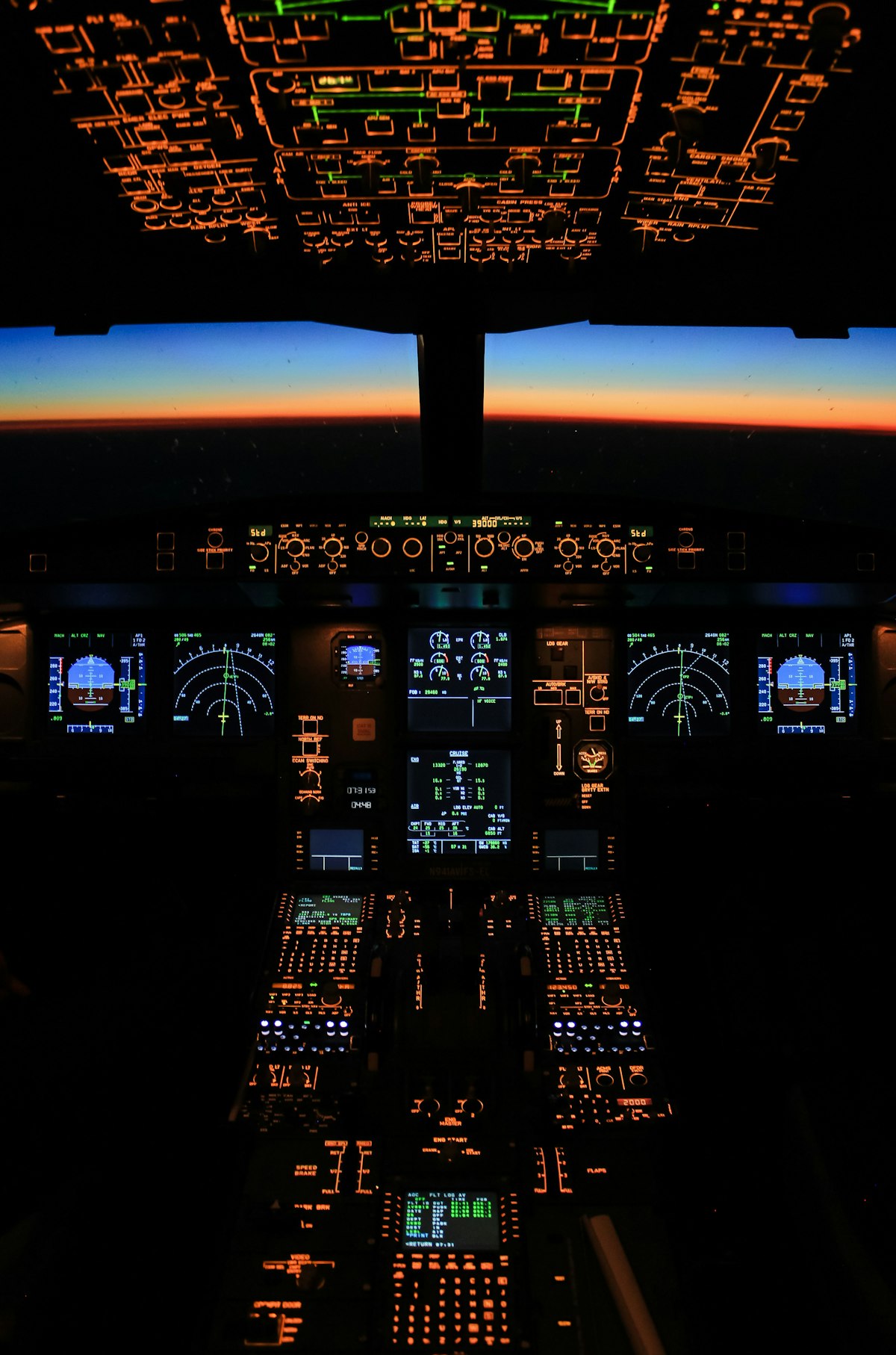The Diamond DA40: A Comprehensive Overview
The Diamond DA40 is a versatile single-engine, four-seat light aircraft. It is popular among flight schools, flying clubs, and private pilots. Manufactured by Diamond Aircraft Industries, it combines efficient performance with advanced technology.
Design and Development

The DA40 originated from the earlier DA20 model. Designers saw a need for a more capable four-seater aircraft. Engineers focused on safety, performance, and comfort during its development. The DA40 made its first flight in 1997. Over the years, several variants have been released, each incorporating improvements.
Technical Specifications
The DA40 is usually powered by a single Lycoming IO-360 engine. This engine is known for its reliability and efficiency. The aircraft’s structure is primarily made of composite materials. This reduces weight and increases durability. The wing design provides excellent lift and stability, making it forgiving for novice pilots.
Performance Capabilities
The DA40 excels in both speed and range. It can cruise at speeds up to 147 knots. Its range can extend over 720 nautical miles without refueling. The aircraft’s ceiling reaches up to 16,400 feet. These capabilities make it suitable for cross-country training and recreational flying.
Avionics and Technology
Being equipped with advanced avionics, the DA40 often features the Garmin G1000 glass cockpit. This system integrates all essential flight information onto digital displays. Pilots benefit from enhanced situational awareness. Newer versions have included features like automatic dependent surveillance–broadcast (ADS-B) and synthetic vision system (SVS).
Safety Features
Safety is a hallmark of the DA40. The aircraft includes a robust fuel system design that minimizes the risk of post-impact fires. Its crashworthy seats provide additional protection. The aircraft is designed to stall in a predictable and gentle manner. This allows pilots to recover easily. Optional upgrades include the Garmin ESP (Electronic Stability and Protection) system, which further enhances safety.
Operational Use
Flight schools value the DA40 for its training capabilities. Its forgiving flight characteristics help student pilots gain confidence. The glass cockpit prepares them for modern flight environments. Private pilots appreciate its balance of performance, economy, and comfort. Flying clubs often operate the DA40 due to its cost-effectiveness and durability.
Variants
- DA40 TDI: Variant with a diesel engine offering improved fuel efficiency.
- DA40 NG: Features an Austro Engine AE300, running on jet fuel.
- DA40 XLT: Enhanced interior comfort and a composite propeller.
Market Competitiveness
The DA40 competes with models like the Cessna 172 and Piper Archer. Its modern design and avionics give it an edge. Although initially more expensive, its operational costs are lower over time. This appeals to flying schools and operators. The DA40’s composite construction requires less maintenance compared to traditional designs.
Environmental Considerations
The DA40 is more environmentally friendly than many older aircraft. Its fuel-efficient engines reduce emissions. Diesel and jet fuel variants have even lower environmental footprints. As aviation moves towards sustainability, the DA40’s efficiency is a major selling point.
Ownership Experience
Owners often praise the DA40’s handling and capabilities. The single-engine economy combined with four-seat utility makes it a practical choice. Maintenance is straightforward, especially with the widespread availability of compatible parts. Diamond Aircraft’s support network further enhances the ownership experience.
Future Prospects
The DA40 continues to evolve. Diamond Aircraft regularly updates the design with new technologies. Hybrid and electric propulsion options are potential future developments. The focus remains on improving efficiency and reducing operational costs. As pilot demands change, the DA40 adapts to stay relevant.
“`
Recommended Aviation Gear
David Clark H10-13.4 Aviation Headset – $376.95
The industry standard for aviation headsets.
Pilots Handbook of Aeronautical Knowledge – $25.42
Essential FAA handbook for every pilot.
As an Amazon Associate, we earn from qualifying purchases.
Subscribe for Updates
Get the latest articles delivered to your inbox.
We respect your privacy. Unsubscribe anytime.